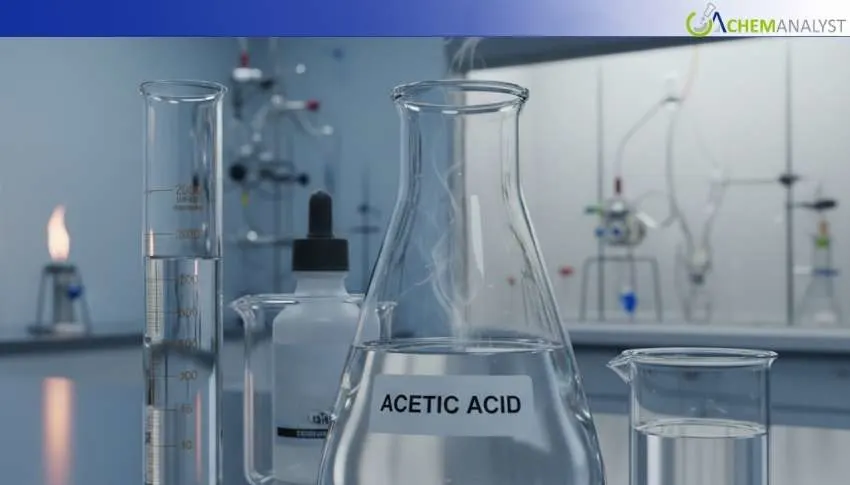Welcome To ChemAnalyst

In the week ending October 17, 2025, the prices of acetic acid have continued to be stable in both China and Europe, as the demand side with limited enthusiasm and moderate supply-side adjustments balanced each other out. In China, the regional markets of South China, Zhejiang, and Shandong saw limited price movement primarily due to local buying patterns and production recovering from maintenance. Purchasing behavior in the packages, coatings, and chemicals derivative sectors observed a restrained attitude to purchasing leaving inventory levels reasonable. Europe continued to slow trading activity, particularly in Germany and the Netherlands, where logistical delays provided limited support for pricing. Freight levels of declining prices coupled with lower global container shipping levels added to quiet market conditions. The downstream demand for Acetic Acid continued to be steady in the coatings and pharma sectors but enthusiasm was lacking. In the near term, steady pricing levels by methanol believed bullish for another non-negative pricing action, but weakness in overseas orders and potential for oversupply cap considerable upside risk in both regions.
During the week leading to October 17th, the acetic acid market in both Europe and China has experienced stable pricing, which reflected more moderate actions on the supply side and general caution for demand. In China, different regional markets (South China, Zhejiang, and Shandong) displayed stable ex-factory pricing and stable prices ex-factory delivered; acetic acid price changes were minimal and mostly due to procurement activity and localized changes on the supply side of the market (often the recovery from maintenance). The European acetic acid markets remained similar with low trading in general, particularly in Germany and the Netherlands, with no price movement in pricing. Lastly, the fundamental acetic acid price stability experienced this week was supported by moderate inventory pressure, downstream demand and buyer wait and see behavior.
In China, the acetic acid market was influenced by a combination of lower production capacity utilization and consumption-driven buyers. Some producers shut down units for maintenance, which helped prevent inventory buildup. Downstream customers involved in packaging, coatings, and chemical derivatives were cautious when shopping, and only purchased material as needed. Overall, the acetic acid market sentiment was subdued; however, the absence of aggressive selling pressure offered support against potential downside price pressure, and as previously mentioned inventories were manageable. Trade activity remained moderate, and almost all transactions around time of writing were for immediate use, rather than sponsor-based purchases.
The acetic acid market in Europe was also steady. While logistical issues—such as vessel delays in Hamburg and Rotterdam—were challenging for supply chains, they had little impact on acetic acid prices at the European market level. Post Golden Week lull in global container traffic and falling ocean freight rates also contributed to the slower pace of imports and exports, making it a little quieter in European chemical markets. Acetic Acid demand in downstream sectors, such as coatings and pharma, held steady but not spectacular, with buyers reluctant to step out and commit volumes because of the broader economic uncertainty.
In the near future, the acetic acid market in both areas is likely to remain stable. Activity in the manufacturing sector is starting to resume in China, which may eventually support procurement as seasonal restocking occurs, while the risk of oversupply remains if production rises sooner than demand requires. In Europe, continued logistics delays and weak overseas orders from Southeast Asia will continue to weigh on shipment volumes and market sentiment. Prices for methanol, the feedstock of Acetic Acid, are also likely to stay soft and provide cost support to producers, helping to maintain existing offer levels. Year-end destocking and slowing activity in construction-related sectors will likely limit any significant upside.
We use cookies to deliver the best possible experience on our website. To learn more, visit our Privacy Policy. By continuing to use this site or by closing this box, you consent to our use of cookies. More info.
